Will vision therapy actually work? Will starting this therapy mean struggling to maintain progress for the rest of my life? Will I ever be done doing eye exercises? If you are considering vision therapy for you or a child, having these questions is normal and shows that you are making sure you invest your time and money in an efficient way. Having recently graduated from therapy (full article), I am now in the maintenance phase and can shed some light on what to expect.
So will you ever be able to stop doing vision therapy if you have strabismus? If you have lived with strabismus from birth, you will likely require some form of maintenance for many years after graduation and perhaps the rest of your life. For adult onset strabismus, or young children with intermittent eye turns, maintenance will be very important directly following therapy for 6 months-1 year, but may be tapered off successfully after that time. Life events like head injuries, puberty, pregnancy and severe episodes of stress may bring some of the symptoms back, requiring you to revisit eye exercises.
As with everything strabismus related, your diagnosis and history drastically impact prognosis, for more specifics, keep reading.
If you want to know if vision therapy could be a good fit for you, be sure to take advantage of the free resources I offer: “Do My Eyes Work Together Test” and “Surgery vs Vision Therapy“
Why is Maintenance Required After Vision Therapy?
There are so many areas of health where maintenance is required. Our bodies love to find a “set point” and stay there whether it’s with visual habits, weight, muscle imbalances or crooked teeth. We might go through the work of correcting these natural tendencies our body has formed with a professional dietician, physical therapist, orthodontist or optometrist and have amazing results, but we all know that if retainers aren’t worn after braces come off, the teeth go back to their old position, especially in that first couple years.
If after a diet we go back to eating junk and watching Netflix, our body will go back to its old ways.
And if we fix muscle problems through physical therapy and exercise and relieve pain, that pain will come back if we don’t keep up that muscle tone.
Vision is not that different from these examples.
If you go through one year of therapy changing the way your brain uses your eyes, it will still be new and regression is very likely if some form of maintenance isn’t present to help cement the new way of seeing.
The work you do after therapy is just as important as the work you do during therapy.
What is the Difference Between In-Office Vision Therapy and Maintenance Vision Therapy?
In-Office Vision Therapy
- Homework 5-6 days per week
- Homework for 30-45 minutes
- Weekly appointments
Maintenance Vision Therapy
- Homework 2-3 days per week
- Homework for 10-15 minutes
- Appointments every other month
What Maintenance to Expect
Long-term studies about the long term effects of vision therapy on strabismus patients are virtually non-existent. Trying to find one about vision therapy and surgery is even more non-existent.
Because of this lack of scientific evidence, we have to go off of anecdotal evidence. I hear from people constantly about the efficacy of therapy, both patients and optometrists. I read the books and follow other adults with strabismus who undergo vision therapy, this hardly makes me an expert, but I have noticed some patterns that I can share.
One extremely unpopular pattern that I have noticed is that those who combine surgery and vision therapy seem to require less maintenance than those who just do one or the other. This is strictly based on the limited circle of people I know who have done both, but I can’t help but be curious about this.
I am only two years out from strabismus surgery (more about surgery here) and only one month out from vision therapy graduation so only time will tell what maintenance will look like for me. For now, I am still trying to make gains so I spend about 20 minutes 4-5 days every week doing eye exercises.
Mild Strabismus Cases and Children
If vision therapy is able to successfully treat the strabismus and align the eyes, maintenance can be expected to be about one year post graduation. This is more common with more mild diagnosis like intermittent strabismus or adult onset strabismus.
When the eye turn is still present intermittently, maintenance throughout life is more likely. Symptoms are likely to come back during life events like puberty, pregnancy, high-stress times, sickness and injury. At this point, exercises can be brought back in and can help remind the brain how to use both eyes together.
Here are a few stories that can help you see the long-term maintenance that can come with VT, of course these are just 3 people and every single person will have a different experience, but you might notice some patterns too. (names have been changed)
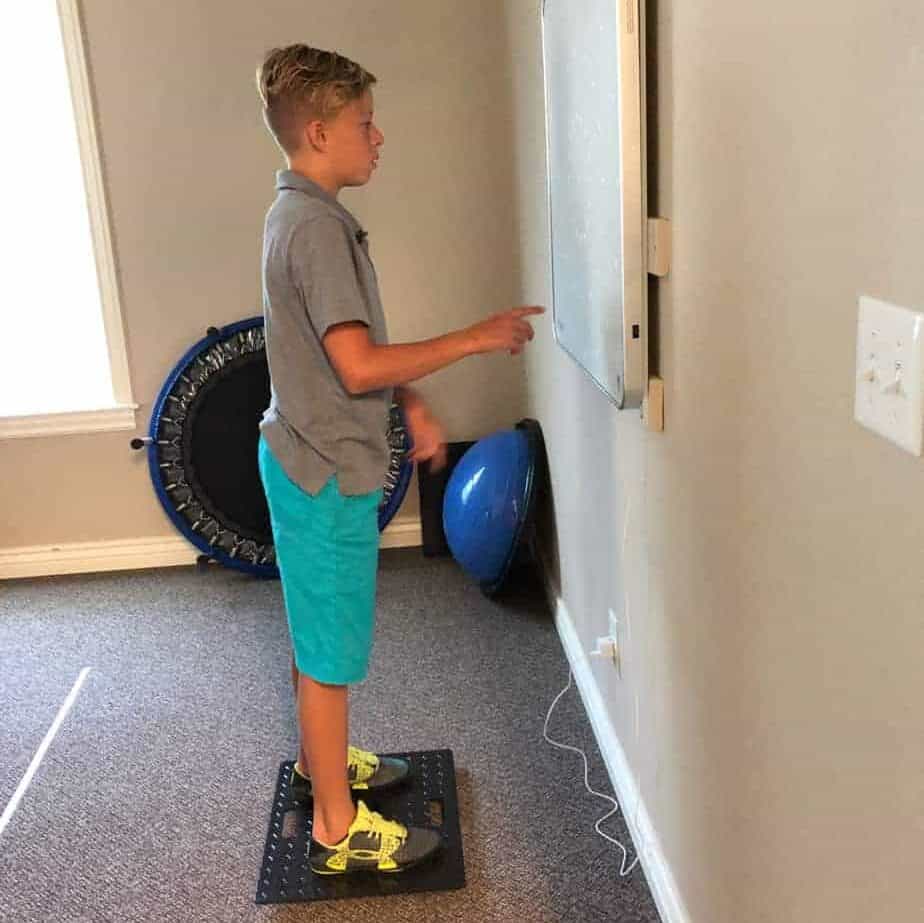
Ben’s Story: Born with Intermittent strabismus, Ben completed a course of vision therapy as a young child (age 7) and was able to correct the double vision that he was experiencing. He did the maintenance after graduating for a few months and then lived a very normal visual life until he reached his 40’s. At that point the double vision started coming back due to a combination of stress, time spent working on a computer, and natural aging. He started going back to the eye exercises from his childhood and was able to retrain his brain to use both eyes again within a few months.
Mary’s Story: Born with Intermittent exotropia, Mary went through 2 strabismus surgeries and vision therapy in her early years (age 5-8). As a 36 year old adult she has excellent stereopsis, zero double vision and has done no maintenance since childhood.
Beth’s Story: Beth always had normal vision, but started developing an intermittent eye turn as an adult. It was slight, but caused double vision, headaches, dizziness and fatigue when working at the computer. After 8 months of vision therapy and another 6 months of maintenance, she was able to completely say goodbye to her negative symptoms. Every now and then she needs to break out the old exercises when the symptoms come back when she gets tired or stressed.
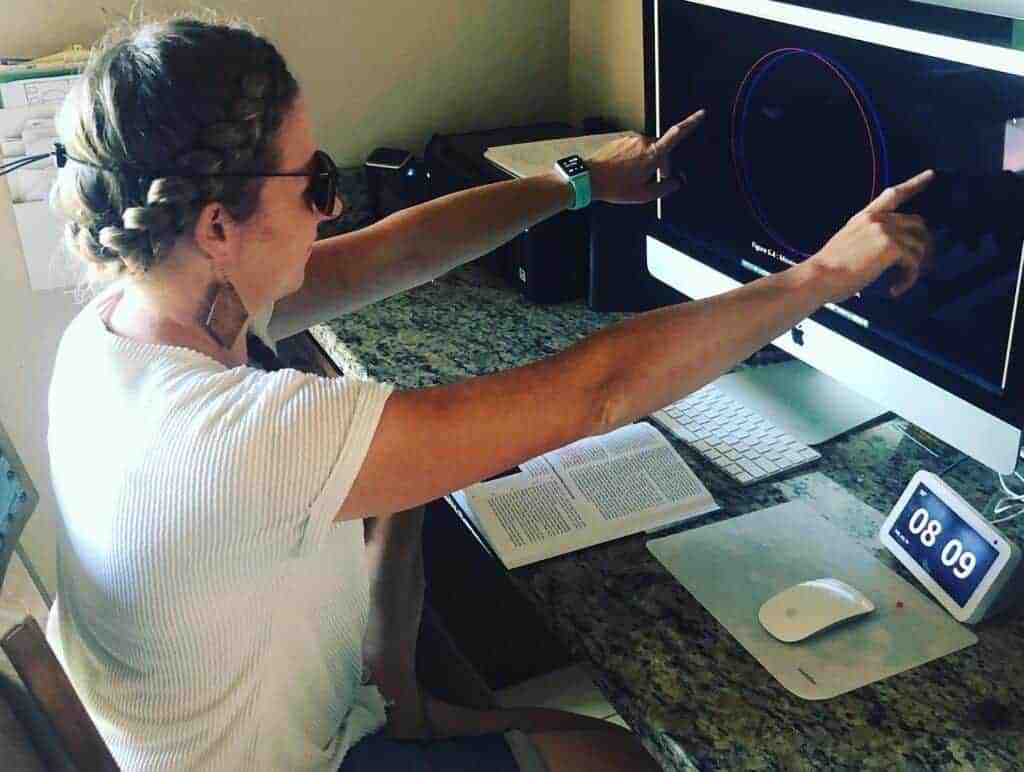
Severe Strabismus Cases
For more severe cases like congenital esotropia, constant strabismus, and adults with strabismus, things are very very different. Many times these patients have never used both eyes together. While the brain was forming all the connections, it completely missed the stereopsis and 2-eyed seeing memo.
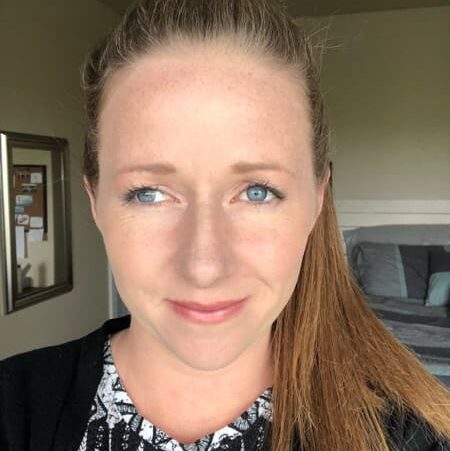
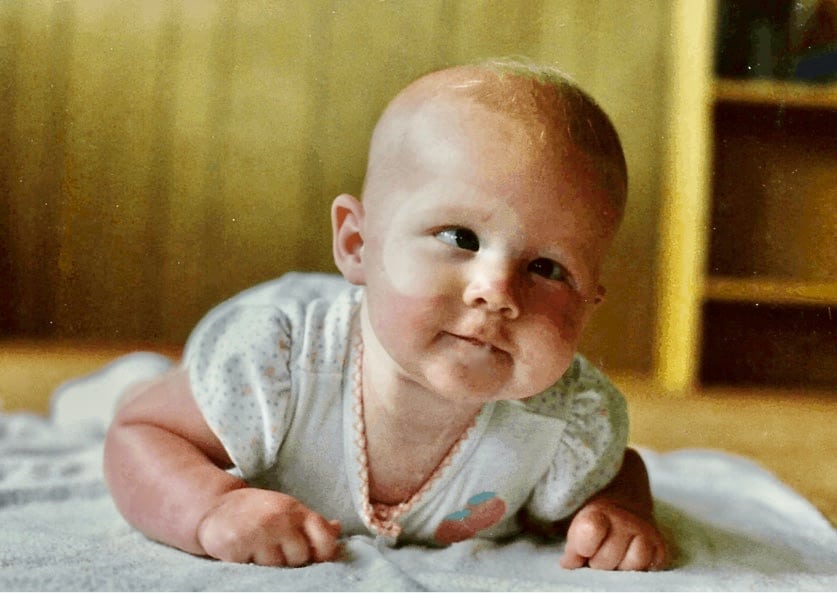
Having to completely build a binocular vision system from the ground up is going to take longer, and extensive maintenance is going to be required to keep the brain from going back to the old way of seeing.
The maintenance in these cases is more than just that though. Many people will continue to improve as they do their maintenance work, improving their 3D vision and acuity.
Children who undergo therapy are much more likely to get long-term success with less maintenance when compared to adults with the same diagnosis. Their brains are much more malleable.

The famous Susan Barry from “Fixing My Gaze” still does a little vision therapy every day to help keep her stereopsis in peak condition, 17 years after vision therapy graduation. She was in her 40’s when she started therapy and had only been using one eye at a time her entire life. She tried stopping eye exercises for 6 months as an experiment and scored quite a bit lower on vision tests at her next vision therapy check-up. After that she made the decision to keep going with the 5-10 minutes of daily eye exercises.
Andy’s Story: Born with esotropia, Andy had 3 surgeries to correct his eye turn as a young child. The eye turn came back as an adult and he decided to try vision therapy. After just 9 months, he was able to align his eyes and gained stereopsis. After the initial few weeks of maintenance exercises, he stopped all forms of vision therapy. After six months there was a severe decline in vision (double vision) and he picked up doing daily therapy again. This daily dose easily helped him regain single vision with great stereo vision, but the double vision would creep back in anytime he went a month or two without some form of eye exercises.
Julie’s Story: Diagnosed as a child with strabismus, Julie had a very severe glasses prescription. The glasses helped the eye turn. Even her eyes weren’t noticeably misaligned in childhood, they because worse as she got into her 40’s and she had very limited stereo vision. After 3 years of vision therapy and an eye surgery, she was able to gain great stereopsis and her eyes are now straight. Her eyes no longer turn, but she does feel her stereo vision deteriorating when she takes a break. Her main form of maintenance is to watch 3D movies as often as possible and it makes a big difference.
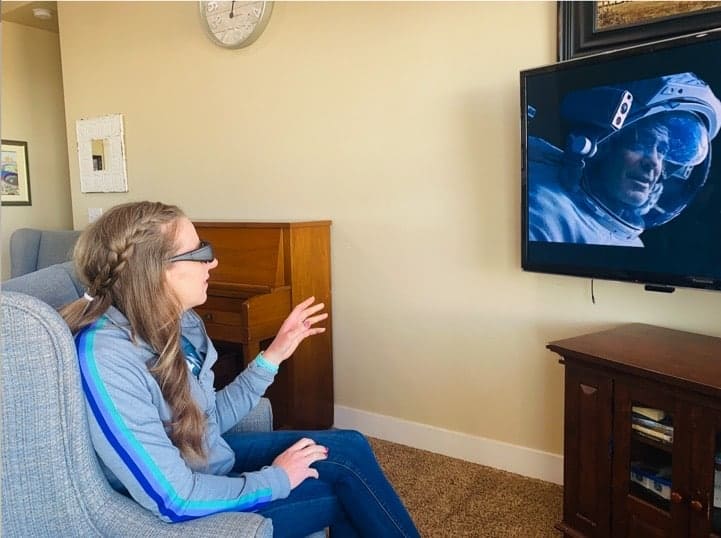
Is it Worth it?
You may be feeling disappointed at the daunting realization that in order to maintain stereopsis, you may need to do eye exercises for the rest of your life. I felt the same way when I heard Sue Barry talk about her daily exercises almost 2 decades after vision therapy.
Take heart though, once you learn how to use your eyes together and form good vision habits, it is much easier to fit in eye exercises once a week to keep your vision from regressing. It could be as simple as watching a 3D movie, or just 20 minutes of red/green glasses exercises or the brock string.
You will have practiced these exercises and they become fun and second nature. Think of it as going for a walk to maintain health or wearing your retainer every day to keep your teeth straight. Yes it needs to be done, but it doesn’t have to be a big deal.
Having 3D vision is MORE than worth it. It has changed my life and I would keep doing eye exercises everyday of my life if it meant that I could keep my depth perception.
If you want some help with maintenance, check out the course I created, “Mastering Peripheral.” I teach you to improve peripheral to strengthen your depth perception and many of the exercises are simple enough to be added into daily tasks. Learning these simple techniques will help make maintenance even easier.
